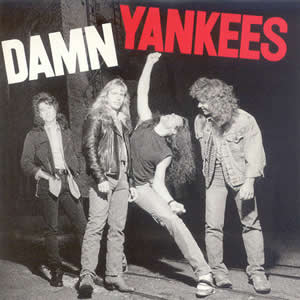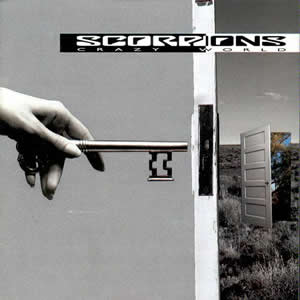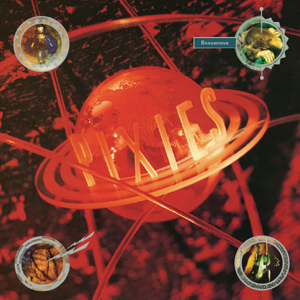Extreme II: Pornograffitti
by Extreme
Buy Extreme II: Pornograffitti The rock quartet Extreme reached their popular climax with Extreme II: Pornograffitti. Sub-titled “A Funked Up Fairy Tale”, the album is a quasi-concept album with loosely-related songs that explore […]





